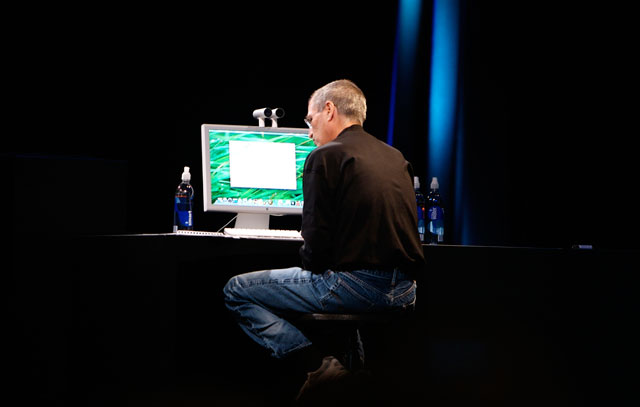
It’s been less than a decade since Apple shook the mobile telecommunications industry to its foundations with the original iPhone.
The handset helped turn Apple into the world’s most valuable company (US$620bn this week) and inflicted huge damage on early smartphone pioneers such as Microsoft and Nokia, which failed, despite concerted efforts, to keep pace.
Yet the revolution that the iPhone sparked is probably already over, according to industry experts. Earlier this year, iPhone sales growth went into reverse, leading to Apple posting its first quarterly revenue decline in 13 years.
The pace of innovation has slowed, not only at Apple but across the industry, prompting buyers to take longer to upgrade their phones. In the developed world, growth has petered out. There’s still strong growth in the developing world, especially in sub-Saharan Africa, but the demand is for low-cost smartphones, not the high-end devices that have historically been the industry’s main profit driver.
Is the industry fast running out of steam like the PC industry did in the last decade? “Absolutely,” said George Kalebaila, senior research manager at International Data Corp (IDC) in Johannesburg.
“The smartphone is reaching maturity; incremental innovation is slowing down,” Kalebaila said. “There isn’t much of a surprise in new phones anymore. No one is leaping ahead of the curve. The products have become standardised, as it were.”
The excitement that used to surround smartphone launches, when every new product was packed with new features, has largely dissipated, he said. And older phones generally receive the latest software, further reducing the need for constant hardware upgrades.
Brian Neilson, research director at Johannesburg-based BMI-TechKnowledge, said the point where the world reaches “peak smartphone” is fast approaching, with global analyst firms predicting almost flat growth in shipments in 2017. The decline in iPhone sales is probably a “harbinger” of what’s to come, Neilson said.
“Incremental functional improvements have taken the place of the revolutionary features and design innovation of the past. Many more people are hanging onto their old phones for three years rather than replacing them every second year, and the smartwatch has not proven to be the next big thing,” he said.

Growth in sub-Saharan Africa will remain buoyant, however, especially for more affordable phones. Affordable devices from Chinese brands and white-labelled smartphones from telecoms operators such as MTN, Vodacom and Safaricom will contribute to further rapid growth in the region, said Kalebaila.
South Africa, however, is a much more mature smartphone market than the rest of Africa. Smartphones will make up 57% of device shipments in 2016, with this figure rising to 82% by 2020, according to IDC research. Over the next five years, shipments of older feature phones will decline by 15%/year in South Africa, while smartphone shipments will rise by 9%/year. Most of the smartphone shipment growth will come from lower-end devices.
Kalebaila said other smart devices — especially those that help people track their health and fitness levels — are likely to provide a significant new revenue stream for manufacturers in the years ahead. Cutting-edge technologies like virtual reality goggles are, however, likely to remain luxury items for the foreseeable future.
Analyst firm Gartner is also quite bullish about the potential of smartwatches and other smart devices. It forecasts that 292,8m wearable electronic devices will be sold worldwide in 2016, generating $28,7bn in revenue. Of that, $11,5bn will be from smartwatches, a market currently led by Apple but in which there are plenty of challengers.
Smartwatch adoption will grow by 48% between 2015 and 2017, going from 4% adoption by smartphone users to 8%, Gartner said.
- This article was originally published in the Sunday Times




